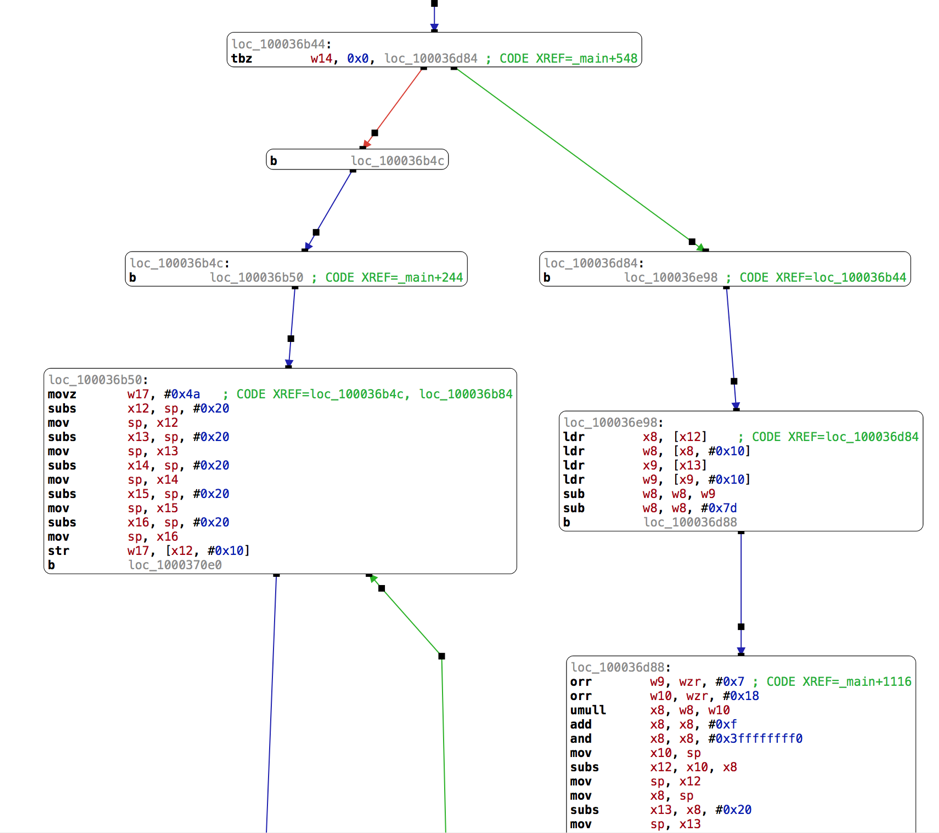

- #HOPPER DISASSEMBLER PRICE HOW TO#
- #HOPPER DISASSEMBLER PRICE CODE#
- #HOPPER DISASSEMBLER PRICE WINDOWS#
tbds (a la class-dump, tapi, otool, etc.)
#HOPPER DISASSEMBLER PRICE WINDOWS#
Tested on Windows x86/ARM, MacOS x86/M1, Linux x86/ARM, iOS (in both iSH and SSH), and Android. Ktool is a fully cross-platform tool and library for ObjC class dumping/header generating (among many other things). iOS-Runtime-Headers (Hosted on github, with access to the slightly superior github search bar).(Has a solid search tool, automatic, and dumps for every major ios version from iOS 3 through 14).(Has syntax highlighting, version diffing, and logos hook generation (click a line number)).It's written in golang and works on macos, and to some extent, linux.Ĭlass/Metadata Dumping tools iOS Header Dumps 1.2.4 class-dump, class_dump_z, classdump-dyldīlacktop's ipsw tool is an absolute juggernaut, capable of doing ( _to some extent_ ) what every single tool on this page can do (and more).
#HOPPER DISASSEMBLER PRICE CODE#
If you prefer to read C code, you can get a C-like decompilation of the procedure by pressing Option-Return, or clicking Pseudo Code in the toolbar.

You can scroll around, zoom in and out, and even drag the components to different places to get the best view of what's going on. Press the space bar or click Show CFG while in the procedure, and Hopper breaks it into its component pieces and shows it in a separate window: If control flow is what we're interested in, we can get a really nifty graph view of the procedure.

Hopper inserts arrows like these to show control flow, which makes it much easier to follow code. If you scroll down a bit, you'll notice a blue arrow pointing from the je 0x10000197A instruction to its target. Select either the symbol name or the first byte underneath it and mark it as a procedure by pressing the P key (again, no Command key) or clicking Mark As Procedure in the toolbar. The contents of this method start off as "unexplored", so they're displayed as raw bytes. The one that starts with objc_sel_ is a symbol for the selector, which is less interesting. The one which starts with methImpl_ is the one we want. Press shift-N (no Command key here, Hopper's key commands are a bit eccentric) to get a symbol search window. It's annoying to scroll around searching for it, but of course Hopper knows all about the symbols in your app. Let's find the initWithName:number: method.
#HOPPER DISASSEMBLER PRICE HOW TO#
Fortunately, it's really easy to tell it how to interpret something.

In particular, it doesn't identify Objective-C methods as code. It makes some effort to pick out code and treat it as code, but doesn't get everything right. Fundamentally, some sections of the executable are code and some are data, but you can have Hopper interpret any part in any way. Hopper fundamentally treats all bytes in the executable equally. Tell Hopper to open the executable created from the above code, and it will load it and perform some preliminary analysis: These documents can be saved separately, preserving any comments or annotations you've added from one session to the next.Ĭlick Read Executable in the toolbar or select it from the File menu to get started. Hopper has a concept of documents separate from the binaries you inspect. When you first start Hopper, you get a blank document window. clang -framework Cocoa -fobjc-arc test.m #import M圜lass : NSObject


 0 kommentar(er)
0 kommentar(er)
